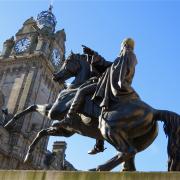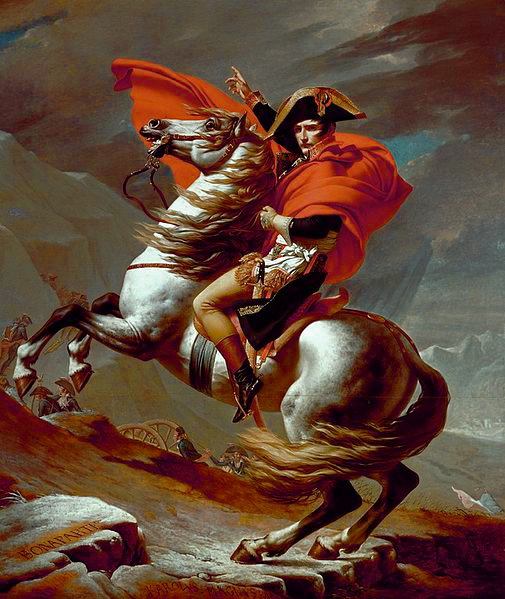
The Iron Duke, in bronze, by Steell is a familiar sight to most Broughton residents, but what's wrong with it?
It has stood in Waterloo Place since 1852, and almost from the day of its arrival has operated simultaneously as patriotic symbol, familiar meeting place and a focus for political dissent. Partly because it's such a social centre, few people today look up and really study it.
If they did, they'd realise there's something wonky about the state of Copenhagen.
Any idea? OK, then, now have a look at the 1829 statue by Thomas Campbell, in St Andrew Square, of Wellington's brother-in-arms John Hope, 4th Earl of Hopetoun. Notice anything different?
What's wrong with Wellington's horse used to be as obvious to 19th-century and early 20th-century observers as a statue of a car might be to us today if it had, say, no wing mirrors.
Copenhagen lacks fetlocks.
Technically speaking, fetlocks are, of course, every horse lover's favourite nobbles. They occur behind pastern joints between cannon bones and phalanges, and to casual bluffers like the Spurtle are more easily understood as the little tufty bits on what look like ankles. The Oxford English Dictionary relates fet to foot and lock to lock of hair.

Sculptor John Steell omitted them for aesthetic clarity. Who knows which tufty bits of Wellington he missed out for similar reasons?
Copenhagen was a 15-hand chestnut stallion who carried the Duke for 18 hours on 6 June 1815 at the Battle of Waterloo. Despite Steell's depiction of him, there is nothing to suggest he was fed on a diet of oats and anabolic steroids. Copenhagen died at the age of 28 and was buried with full military honours at Stratfield Saye, Wellington's country estate in Hampshire.
In this he fared rather better than Marengo, Napoleon's 14.1-hand grey. Marengo died aged 38 in 1831, and his skeleton (less a hoof which was presented to the Brigade of Guards as a snuffbox) stands in the National Army Museum at Chelsea.
Marengo appears in Jaques-Louis David's Bonaparte Crossing the Alps (1801–05). Comparing the photo at the top of this page with the one at the bottom, it is hard to regard Steell's statue as anything but a pale imitation, minus fetlocks and with all trace of the va va voom removed.
